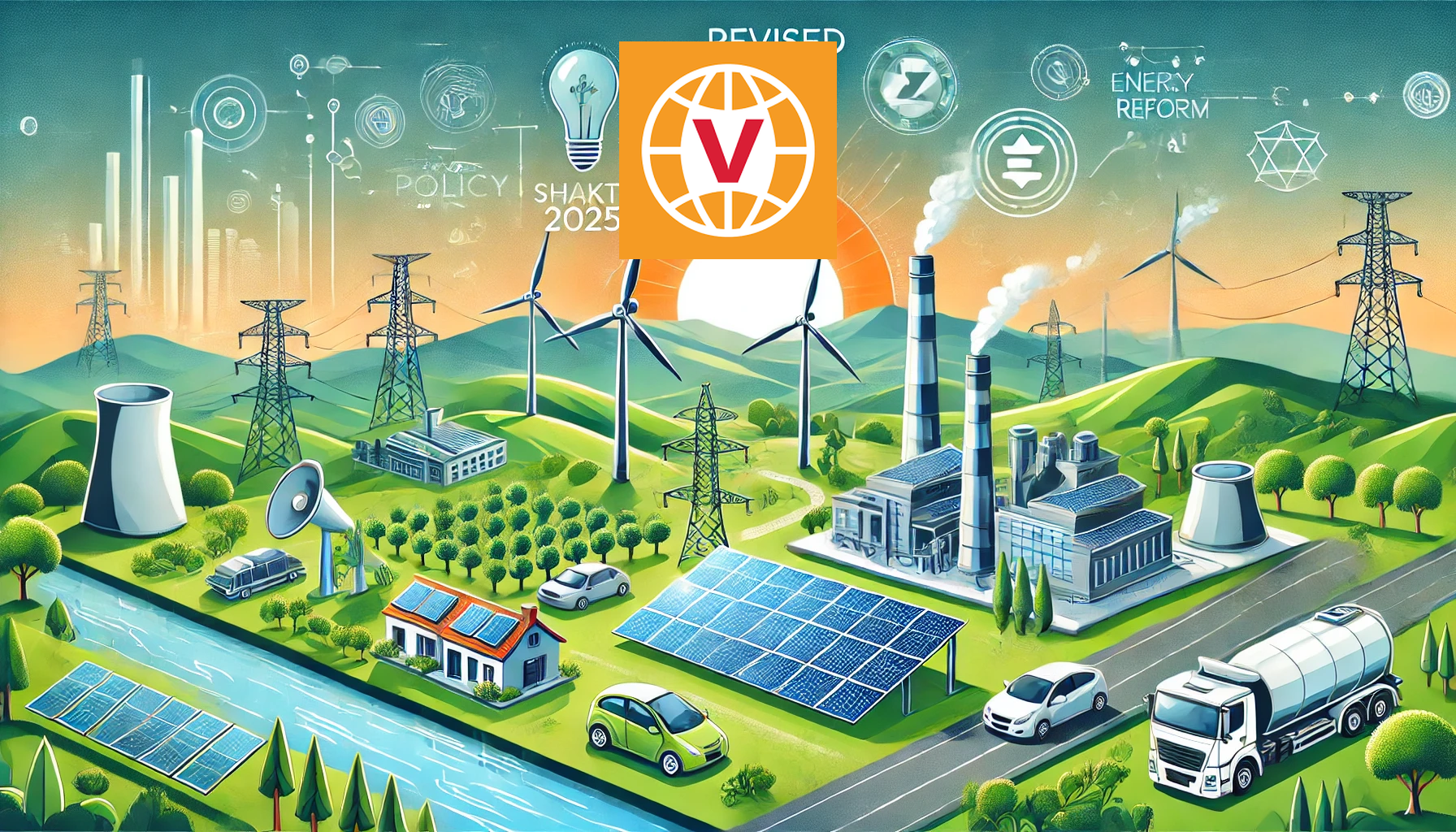What is SHAKTI?
SHAKTI stands for Scheme for Harnessing and Allocating Koyala (Coal) Transparently in India.
It was launched in 2017 to reform coal allocation to the power sector and make it more transparent and competitive.
🔹 What’s New in the Revised SHAKTI Policy (2025)?
The Cabinet Committee on Economic Affairs (CCEA) approved the Revised SHAKTI Policy on 7th May 2025, chaired by Prime Minister Narendra Modi.
Key Objectives of the Revised Policy:
- Promote transparency in coal allocation
- Ensure flexibility, wider eligibility, and easier access to coal for power plants
- Support affordable and reliable electricity supply
- Boost domestic coal usage and reduce import dependency
🔹 Major Changes Introduced
1. Simplified Framework
- Earlier: Multiple categories under SHAKTI for coal linkages
- Now: Mapped into two main windows under the new policy:
- Window I: Coal at notified price
- Window II: Coal at premium over notified price
- Window I: Coal at notified price
2. Window-I: Coal at Notified Price
- For Central and State Government power plants
- Includes:
- Central Gencos, State Gencos, their JVs and subsidiaries
- Power producers selected through Tariff-Based Competitive Bidding (TBCB) or with PPA under Section 62 of the Electricity Act, 2003
3. Window-II: Coal at Premium Price
- Open to all domestic coal-based power plants
- Includes imported coal-based plants (ICB) who want to shift to domestic coal
- Coal can be secured through auction
- Validity of linkage:
- Short-term (up to 12 months) or
- Long-term (up to 25 years)
- Power can be sold in any market (including power exchanges)
🔹 Benefits of the Revised SHAKTI Policy
Economic and Sectoral Benefits:
- Increased power generation
- Cheaper electricity tariffs
- Revival of stressed power assets
- More jobs due to higher mining and power generation
Structural Benefits:
- Promotes Atmanirbhar Bharat (self-reliant India)
- Boosts energy security and indigenous coal use
- Reduces dependence on imported coal
- Encourages pit-head (near coal mines) thermal plants
- Enhances state revenue through increased coal production
🔹 Impact on Power Market
- Power can now be generated using Un-Requisitioned Surplus (URS) capacity and sold in power markets.
- This improves the efficiency and utilization of existing power plants.
- It also strengthens power exchanges by increasing the availability of electricity.
🔹 Key Takeaways for UPSC
|
Feature |
Revised SHAKTI Policy 2025 |
|
Launch Year of Original SHAKTI |
2017 |
|
Full Form |
Scheme for Harnessing and Allocating Koyala Transparently in India |
|
Approved By |
CCEA (Chaired by PM Narendra Modi) |
|
Date of Approval |
7 May 2025 |
|
Main Focus |
Transparent coal linkage to power sector |
|
New Structure |
Window-I (Notified Price) and Window-II (Premium Price) |
|
Duration of Coal Linkage in Window-II |
Upto 25 years |
|
Key Benefits |
Affordable power, better access to coal, boost to economy, job creation, energy security |
✅ Why This is Important for UPSC Exam
- GS Paper 2: Government Policies and Interventions
- GS Paper 3: Infrastructure – Energy sector, Economic Development, Natural Resources
- Prelims: Government Schemes, Reforms in Coal Sector
- Essay & Mains: Energy security, Atmanirbhar Bharat, Environmental sustainability










